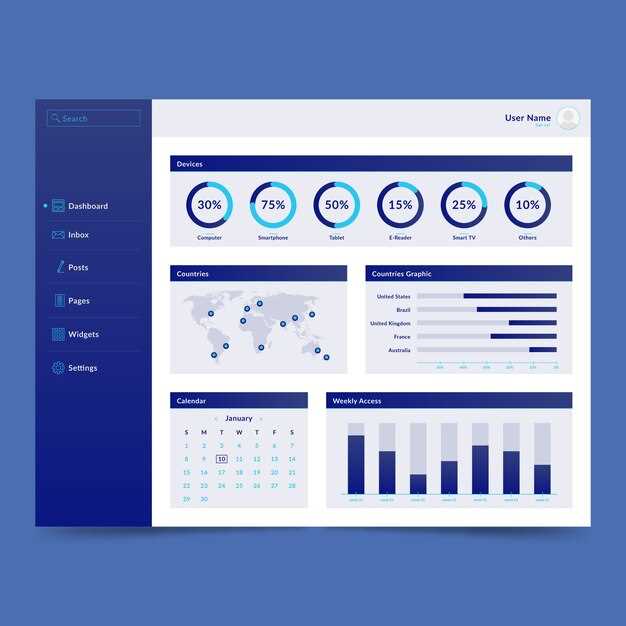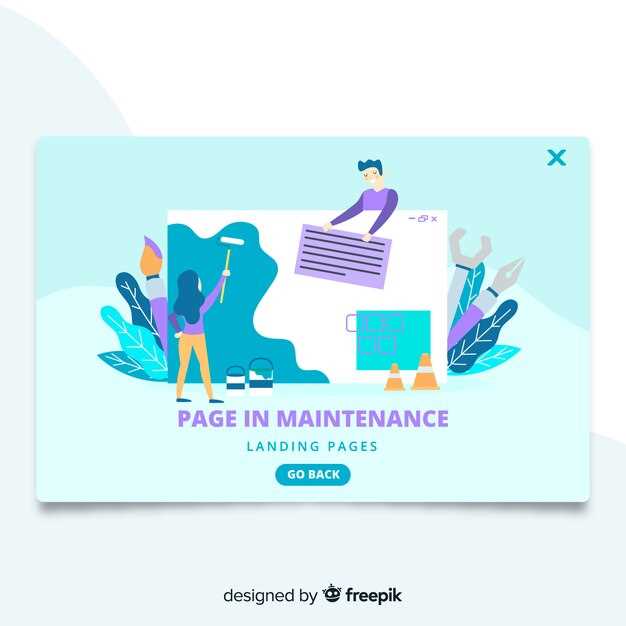Boost your online visibility by incorporating programmatic SEO strategies into your digital marketing plan. Programmatic SEO leverages technology and data to automatically generate landing pages, allowing for a rapid scale-up that traditional SEO cannot match. This approach effectively increases traffic by capturing long-tail keyword searches that are often overlooked, hence maximizing organic growth.
Start by utilizing well-crafted templates that save time and ensure consistency across your site. Focus on templates for key areas such as faceted navigation, product pages, and category listings. These templates are designed to handle the heavy lifting involved in implementing programmatic SEO, enabling your team to concentrate on optimizing conversion rates and customer engagement.
Tracking key performance indicators (KPIs) is essential in measuring the success of your programmatic SEO efforts. Regularly monitor metrics such as organic traffic, bounce rate, and conversion rates to assess the effectiveness of your strategies. These KPIs provide valuable insights into the performance of your SEO initiatives, highlighting areas for improvement and ensuring sustained growth.
Utilize predictive analytics to gain an edge over competitors. By analyzing historical data and trends, predictive analytics can forecast potential keyword opportunities and identify patterns that inform your SEO strategy. This not only improves decision-making but also optimizes resource allocation, ensuring maximum return on investment.
Implement these strategies with precision and adapt them as needed to align with your business goals. A data-driven approach empowers your team to make informed decisions and adjust tactics promptly. With a robust programmatic SEO framework in place, witness exponential growth in organic visibility and overall digital presence.
Template Development for Programmatic SEO
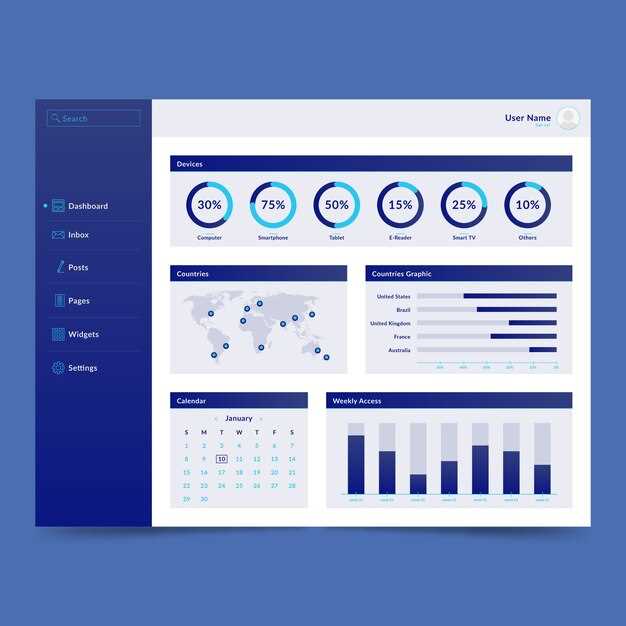
Focusing on structured and automated approaches, you can streamline template development for programmatic SEO by adhering to specific strategies. Identify key categories of content within your website that can benefit from this methodology. Leverage data sets to generate content variations quickly and efficiently.
- Utilize Data-Driven Templates: Create templates that automatically fill with data from reliable sources such as APIs, databases, or spreadsheets. This setup ensures consistency and accuracy across generated pages.
- Incorporate Variable Elements: Design templates with fields that allow for dynamic content insertion. Use placeholders for keywords, product details, or location information, which can be populated via scripts or CMS functionalities.
- Standardize Formatting: Ensure that templates maintain a consistent layout that aligns with branding. Implement uniform styling through CSS files and reusable components to achieve cohesive site aesthetics.
- Optimize for Search Intent: Analyze user search patterns to tailor content templates that align with potential queries and long-tail keywords, improving relevance and search visibility.
- Scalability: Incorporate modular components that allow easy adjustments and expansions as your dataset evolves or additional content layers become necessary.
- Maintain SEO Best Practices: Integrate metadata and structured data fields within templates. This practice helps search engines better understand and index your content. Prioritize alt text for images and ensure logical URL structures.
- Testing & Iteration: Regularly test templates using tools like Google Search Console to analyze performance metrics such as click-through rates, bounce rates, and indexing status. Adapt template elements based on insights.
By employing these tactics, you enhance your website’s ability to automatically generate relevant, high-quality pages that cater to user needs and search engine requirements, driving scalability while optimizing both resources and results.
Automated Page Generation: Key Considerations
Focus on data accuracy when creating automated pages. Rely on trustworthy databases and APIs to prevent errors in your content. Inaccuracies can harm your site’s SEO and user trust, so always validate your sources. Employ a robust quality assurance process to maintain content integrity.
Ensure scalability by designing efficient data structures. Use templates that can easily integrate with large datasets. This approach not only streamlines page generation but also reduces server load, improving site speed and SEO performance.
Optimize URL structures for search engines. Implement user-friendly URLs that reflect the page content precisely. Consider including relevant keywords to boost discoverability, but avoid overstuffing which could lead to penalties.
Implement dynamic internal linking strategies. Automatically generated pages should be well-connected to enhance user navigation and spread link equity across the site. Use a structured approach to incorporate links to related content seamlessly.
Monitor performance metrics proactively to identify areas for improvement. Track KPIs like page load speed, bounce rate, and conversion rates to measure the success of your automated pages. Analyzing this data can guide adjustments for better outcomes.
| Key Aspect | Recommendation |
|---|---|
| Data Accuracy | Use reliable sources and validate content to maintain trust. |
| Scalability | Design templates for integration with large datasets. |
| URL Structure | Create user-friendly URLs with relevant keywords. |
| Internal Linking | Implement structured dynamic linking for better navigation. |
| Performance Monitoring | Track KPIs like page load speed and bounce rate for insights. |
Structuring XML Sitemaps for Programmatic Content
Focus on creating segmented XML sitemaps to better manage your programmatic content. By dividing URLs into distinct sitemaps based on categories or page types, you improve crawling efficiency for search engines. For instance, separate sitemaps for blog posts, product pages, and user-generated content allows for a structured approach, enhancing discoverability.
Ensure each sitemap complies with the XML format and includes crucial elements such as <urlset>, <url>, <loc>, <lastmod>, <changefreq>, and <priority>. This precision helps search engines understand your content changes and priorities, ensuring priority pages get crawled more frequently.
Utilize dynamic generation of sitemaps to reflect real-time updates in your content. By automating this process, you maintain current sitemaps that accurately represent your site’s hierarchy and URLs, avoiding outdated links that may hinder search engine indexing.
Regularly validate your sitemaps using webmaster tools to catch and rectify potential errors, such as broken links or incorrect tags. This proactive approach ensures that your sitemaps remain an effective tool for SEO, providing search engines with the most relevant pathways to crawl your site effectively.
By adhering to these guidelines, programmatic content can achieve optimal visibility and performance in search engine results, leveraging the full potential of well-structured XML sitemaps.
Leveraging APIs for Content Sourcing
Utilize APIs like Google News or Reddit to automate the gathering of relevant content. For instance, the Google News API can supply a continuous stream of articles based on specific keywords or topics, ensuring fresh content tailored to your audience’s interests. This streamlining significantly cuts down research time.
APIs from social platforms, like Twitter or Instagram, enable access to real-time trends and user-generated content. Integrating these insights enriches your SEO strategy by aligning it with current conversations and emerging trends, thereby enhancing engagement and relevance.
Prioritize API reliability and data quality. Opt for well-documented APIs with consistent data updates to maintain content accuracy. This decision affects how effectively the sourced content resonates with your audience, impacting SEO performance positively.
Monitor and analyze API-sourced data using analytical tools to refine your strategy continuously. Tracking metrics such as referral traffic and user interaction helps tailor future content and measure the impact on search visibility. Such insights drive strategic adjustments, ensuring sustained optimization and audience engagement.
Creating Scalable Meta Tags
Use dynamic variables to automate meta tags generation across numerous pages. For example, incorporate product names, categories, or geographic locations as variables within your meta title and description templates. This allows for quick scalability without sacrificing relevance or clarity.
Consider implementing a cohesive template structure as shown in the table below:
| Page Type | Meta Title Template | Meta Description Template |
|---|---|---|
| Product Page | {Product Name} – Buy {Product Category} Online | Discover premium {Product Name} in {Category}. Enjoy quality and fast delivery. Shop now! |
| Category Page | Top {Category} for Sale – {SiteName} | Explore our {Category} collection. Find the best products tailored for your needs. |
| Location-Based Page | Buy {Category} in {City} – {SiteName} | Find the best {Category} deals in {City}. Quality and affordable prices just for you. |
Ensure each template includes primary and secondary keywords relevant to the content, which helps improve search visibility. Test different variations to identify which structures yield the best SEO performance and user engagement.
Regularly update your templates to align with evolving search trends and user needs. By keeping your meta tags dynamic and user-focused, you enhance both search engine visibility and user click-through rates, driving more qualified traffic to your site.
Designing Dynamic URL Structures
Plan URL structures thoughtfully to enhance your site’s programmatic SEO. Choose a structure that is clean, descriptive, and reflective of the site’s hierarchy. Implement URL paths that include primary keywords or relevant product names. This strategy aids in indexing and informs users about the page’s content.
Maintain consistency in URL formatting across the site. Use hyphens to separate words instead of underscores, as search engines interpret them distinctively. Aim for simplicity by avoiding complex parameters and unnecessary punctuation, making URLs both user-friendly and easier for search engines to crawl.
Incorporate dynamic parameters wisely. If certain parameters do not serve a dual purpose of sorting or filtering, consider using server-side processing instead. This minimizes duplicate content issues and ensures search engines focus on valuable content.
Utilize a logical taxonomy. Structure URLs to reflect natural categorization within your site, such as example.com/category/subcategory/product-name. This not only supports user navigation but also helps search engines understand content relationships.
Regularly review and update URL structures to align with SEO goals and content updates. Redirect old links appropriately to maintain the integrity of SEO efforts. Using 301 redirects ensures the retention of existing authority and traffic flow to new URLs.
Implement canonical tags on pages that are similar, but with dynamic content elements. This helps search engines determine the preferred version of a page, preserving link equity and avoiding penalties for duplicate content.
KPI Monitoring and Performance Metrics
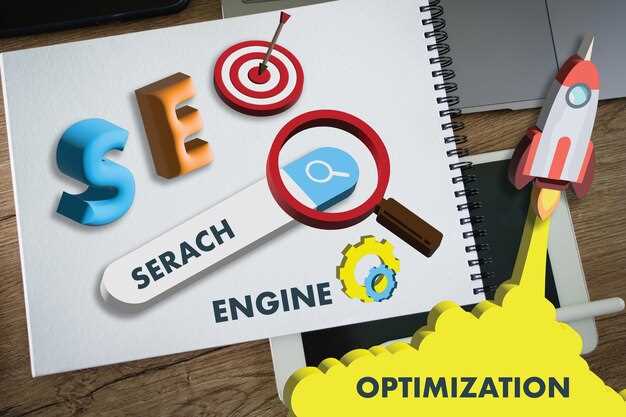
Prioritize setting up automated tracking with tools like Google Analytics or Ahrefs to ensure you receive real-time data. Streamline your data collection by creating custom dashboards for a snapshot of key metrics. Focus on metrics such as organic traffic growth, click-through rates (CTR), conversion rates, and bounce rates to gauge the effectiveness of your SEO strategies.
Ensure continuity in your analysis by scheduling regular KPI reviews on a monthly or weekly basis. This practice helps identify trends and anomalies quickly, allowing for agile adjustments to your strategies. Consider using tools like SEMrush or Moz to compare your performance with competitors and derive actionable insights.
Analyze conversion path length and user engagement metrics to better understand which content types and keywords drive conversions. Direct your content creation efforts to capitalize on high-performing pages, enhancing their visibility and reach. Set SMART (Specific, Measurable, Achievable, Relevant, Time-bound) goals for each KPI to maintain consistency in your monitoring process.
Segment your KPIs by device types and geographies to uncover deeper insights into user behavior. This segmentation allows for tailored optimization strategies that enhance user experience across diverse demographics. Regularly update your metrics to align with broader business objectives and ensure that SEO efforts translate into tangible business growth.
Understanding Traffic Sources with Analytics Tools
Begin analyzing traffic by categorizing it into different sources using tools like Google Analytics. Focus on understanding which channels drive the most visitors to your site and how they perform in terms of engagement and conversions.
- Direct Traffic: Includes users who type your URL directly into the browser. High direct traffic suggests strong brand recognition.
- Organic Search: Represents visitors coming from unpaid search engine results. Analyze keyword performance to optimize your SEO strategy.
- Referral Traffic: Consists of users arriving through links on other websites. Identify top referral sites and build relationships to enhance traffic further.
- Social Media: Tracks visitors from social networks. Determine which platforms contribute the most traffic and tailor your content strategy accordingly.
- Email Campaigns: Measure traffic from email marketing. Monitor the effectiveness of newsletters and promotional emails to improve open and click rates.
- Paid Search: Includes traffic from paid ads. Evaluate the return on investment for each campaign by analyzing cost-per-click and conversion rates.
Leverage segmentation in analytics tools to dive deeper into user behavior by demographics, geography, and device usage. Adjust your content and marketing strategies to cater to high-performing segments, thereby maximizing your traffic sources and enhancing overall site performance.
Tracking SERP Visibility and Rankings
Leverage reliable tools such as Google Search Console and Ahrefs for precise tracking of keyword rankings. First, focus on identifying keywords that drive substantial organic traffic. Incorporate these keywords into meta tags and content, optimizing for higher rankings.
- Utilize Google Analytics to analyze traffic trends and landing page performance. Align these insights with keyword ranking data to understand user behavior and areas for improvement.
- Set up automatic reports that provide weekly updates on ranking fluctuations. This approach allows swift action on unexpected changes, ensuring consistency in SEO efforts.
- Employ rank-tracking tools like SEMrush to monitor competitor performance. Understanding competitors’ strengths can uncover new opportunities for keyword targeting and SEO enhancement.
Analyzing click-through rates (CTR) alongside keyword positions is essential. Higher CTRs at various ranking positions often indicate effective meta descriptions and title tags, signaling potential templates and best practices for wider application.
Establish benchmark KPIs such as average position, visibility score, and overall traffic contribution. Regularly measuring these metrics facilitates a clear understanding of progress and influence on overall objectives.
Adapt your strategy based on performance insights. If specific keywords consistently underperform, reevaluate their relevance or modify the content strategy. Continuous progress tracking and refinement ensure sustained enhancement of SERP visibility.
Measuring User Engagement on Programmatic Pages
Prioritize tracking user engagement by integrating advanced analytics that go beyond page views. Focus on metrics like average session duration, scroll depth, and interaction rates to gain deeper insights into user behaviors. Utilize tools such as Google Analytics 4 to set up goals and events that capture specific user actions like button clicks and form submissions.
Ensure that data-driven insights shape your strategy by implementing A/B testing. Test different layouts, calls to action, and content formats on your programmatic pages. Use the results to refine and enhance user interaction, tailoring elements that resonate best with your audience.
Monitor bounce rate meticulously. A high bounce rate on programmatic pages can indicate content misalignment with user expectations. Pair this metric with heatmaps to visualize where users frequently engage or disengage, allowing you to adjust content positioning or messaging accordingly.
Leverage user feedback tools like surveys or on-page polls to capture qualitative data about the user’s experience. This method can unveil insights that numbers alone may not reveal, providing actionable feedback that can improve your page design and content.
Implement structured data to enhance how search engines understand and present your content. Rich snippets and structured data can increase click-through rates and the perceived value of your programmatic pages, leading to improved user engagement and satisfaction.
Track the source of your traffic to understand which channels bring highly engaged users. Use this data to refine your marketing strategies, focusing resources on the most effective channels that yield higher engagement rates and inform content creation processes.
Finally, regularly review and adjust your KPIs to adapt to your evolving objectives and the competitive environment. By maintaining a dynamic approach to measuring user engagement, you ensure sustained growth and increased user satisfaction on your programmatic pages.
Q&A:
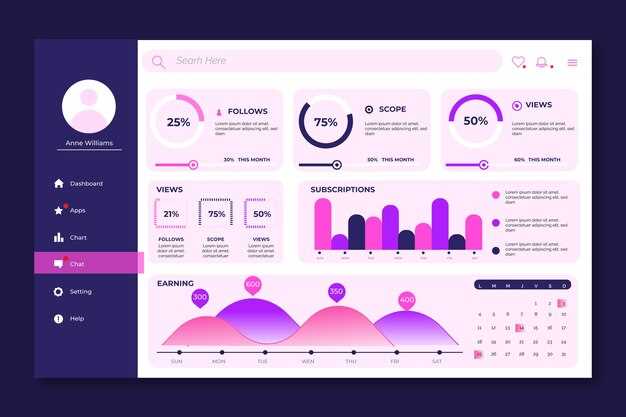
What is programmatic SEO and how does it differ from traditional SEO?
Programmatic SEO is an approach that uses automation to generate and optimize web content at scale. Unlike traditional SEO, which often relies on manual efforts to optimize individual pages, programmatic SEO focuses on creating systems or templates that can automatically generate a large number of optimized pages, often by pulling data from a database or other sources. This method is particularly useful for large websites or platforms with vast amounts of data, such as e-commerce sites or directories, where creating pages manually would be impractical.
Could you explain one of the seven templates mentioned in the “Programmatic SEO Playbook”?
One of the templates discussed is the “Location-Based Pages” template. This template is perfect for businesses that have a presence in multiple geographical locations. It involves creating individual pages for each location, optimizing them with location-specific keywords and details. Such a structure helps in capturing local search queries and improving visibility for users searching for services or products within a specific area. By leveraging local data, such as addresses, neighborhoods, or landmarks, businesses can enhance their relevance to local audiences.
How can businesses measure the success of their programmatic SEO efforts?
Success in programmatic SEO can be measured using various KPIs. Common metrics include organic traffic growth, the number of pages indexed by search engines, and rankings for targeted keywords. Additionally, tracking user engagement metrics such as bounce rate, time on page, and conversion rates can provide insights into how well the programmatically generated pages are performing in retaining and converting visitors. Analysis of these KPIs helps in understanding the effectiveness of the programmatic SEO strategy and identifying areas for further optimization.
What challenges might arise when implementing programmatic SEO, and how can they be overcome?
One of the main challenges is ensuring that all generated content is unique and not perceived as thin or duplicate by search engines. To overcome this, businesses should focus on enriching their pages with high-quality, distinct information and leveraging dynamic elements. Another challenge is maintaining technical SEO standards across a large number of pages, which requires rigorous quality assurance processes and the use of structured data to help search engines understand the content better. Regular audits and using SEO tools can assist in identifying issues before they impact visibility.
What role do data and automation play in programmatic SEO?
Data and automation are the pillars of programmatic SEO. Data provides the foundation for creating content that is both relevant and scalable, allowing for the dynamic generation of web pages tailored to specific queries or audience needs. Automation is key in efficiently processing this data to produce content without extensive manual labor, ensuring that businesses can maintain speed and agility in their SEO efforts. By combining both, businesses can significantly expand their reach and improve their SEO’s scalability.
